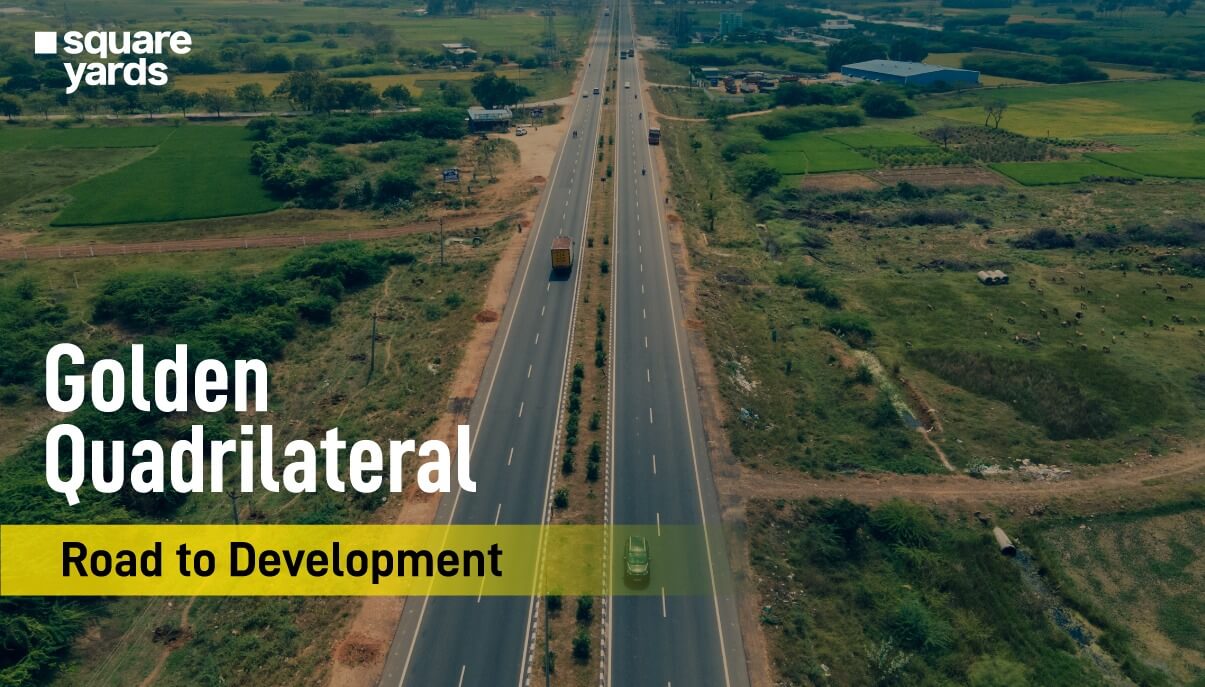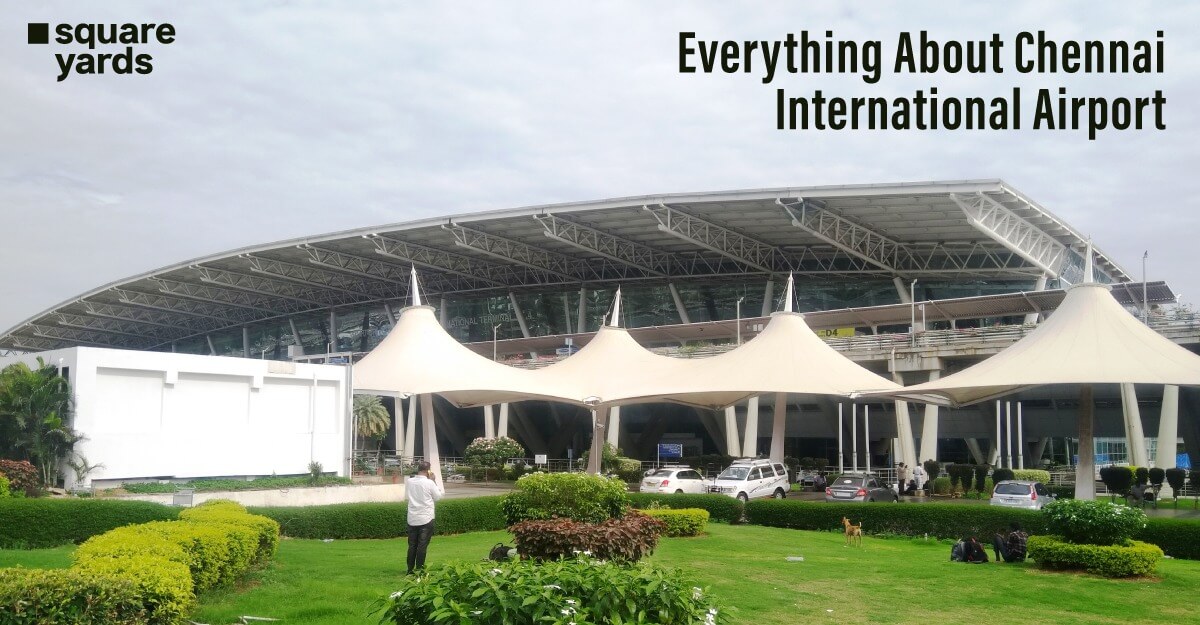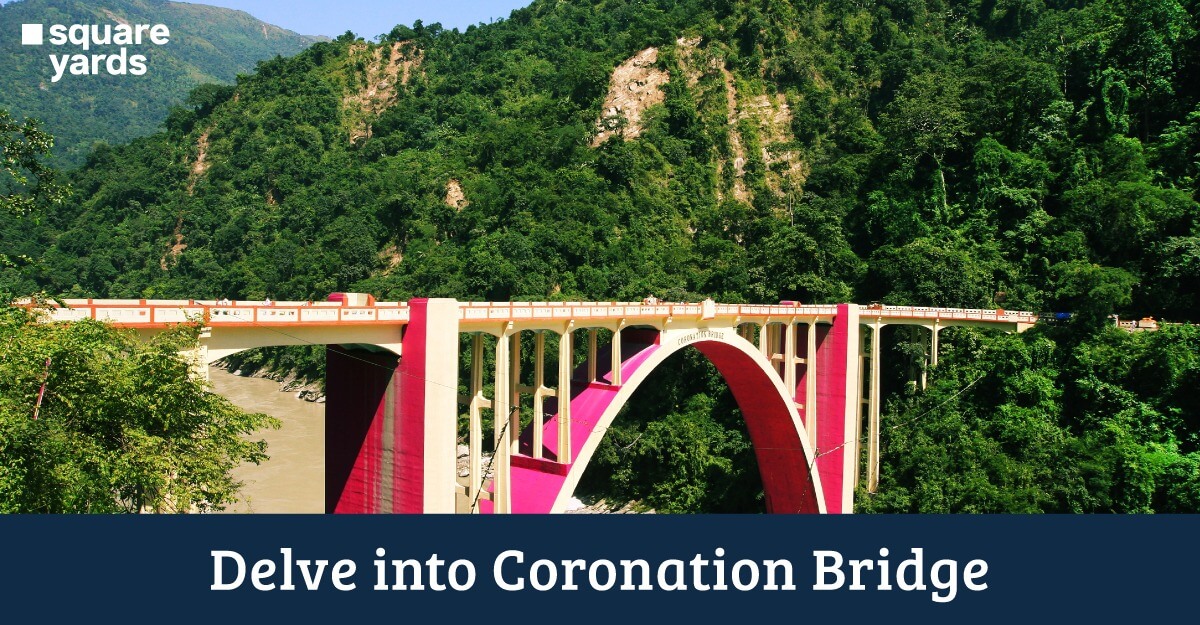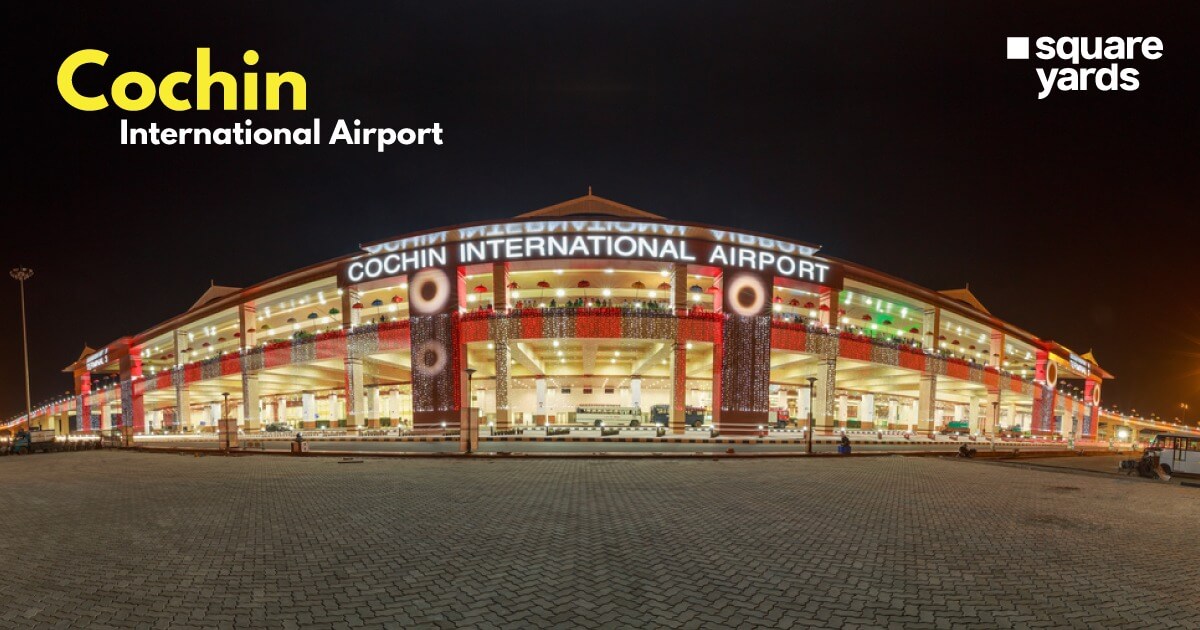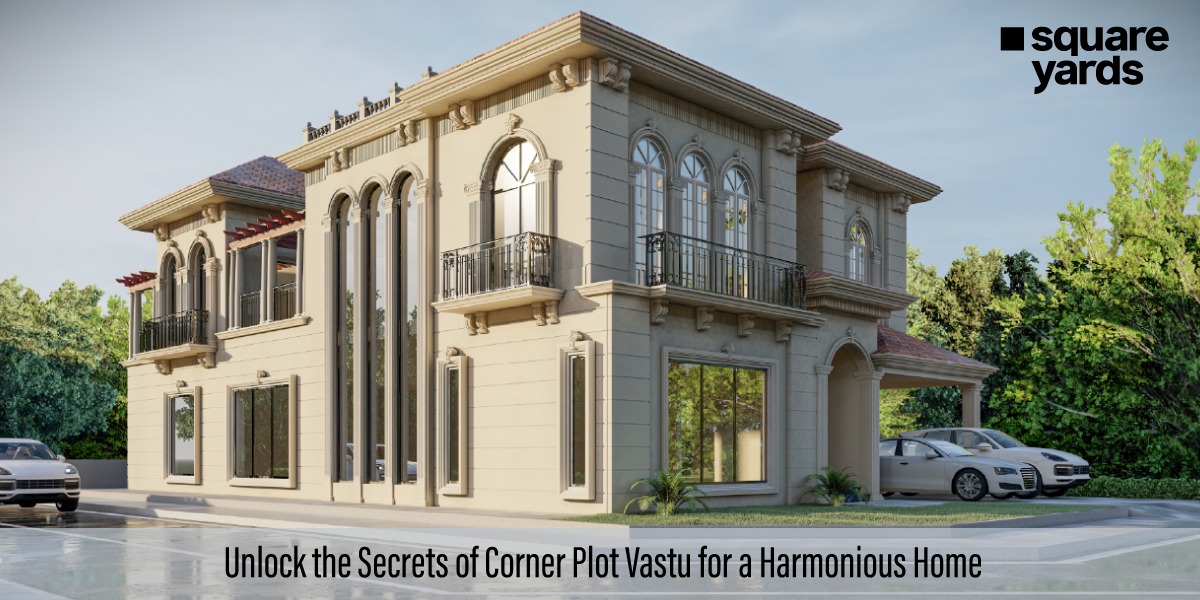Some of the best examples of architectural marvels are the splendid palaces-built centuries ago and now counted as the cultural heritage of our country. And when it comes to the royal residences, one thing is clear: no amount has been squared for the construction and decoration of these palaces. In the modern era, most of these palaces are fully or partially open for visitors to take a glimpse of the glorious past. One such magnificent palace is Jai Vilas Mahal – Jyotiraditya Scindia’s house.
Table of Contents
- History of Jai Vilas Mahal
- Impressive Architecture of Jai Vilas Mahal
- Jai Vilas Mahal Museum
- Art Gallery & Library in Jyotiraditya Scindia’s House
- How did the Jai Vilas Mahal become Jyotiraditya Scindia’s House?
- Facts About Jyotiraditya Scindia’s House
- You May Also Like
- FAQ’s About Jyotiraditya Scindia House:
Jyotiraditya Scindia is an Indian politician who owns the Jai Vilas Mahal, an ancestral House of the Scindias. Scindias, once upon a time, ruled the city of Gwalior, and the family continues to receive the love, respect, and support bestowed by the public of the town. The politician owns a massive asset of about ₹ 2,970 crores, declared during the election—this ancestral property of Jyotiraditya Scindiaholds the most significant share in his assets.
View this post on Instagram
Situated in the heart of Madhya Pradesh, Gwalior, Jai Vilas Mahal is a composition of European architecture. This Jyotiraditya Scindia house is a mix of Tuscan, Italian, and Corinthian styles. The magnificent palace is made on 40 acres of land and is estimated to have more than 400 rooms.
View this post on Instagram
Along with its grand presence, it has a very remarkable history. In this article, take a look around the Jyotiraditya Scindia house and the lesser-known facts about the same.
History of Jai Vilas Mahal
The incomparable Jai Vilas Mahal was built by Maharaja Dhiraj Shrimant Jayajirao Scindia Alijah Bahadur in 1874. Sir Michale Filose, British Lieutenant Colonel, was the palace’s architect who took inspiration from the Tuscan, Italian, and Corinthian styles of designs creating this magnificent palace. The palace is sprawled over 1,24,771 square feet of land, excluding the inner square. The inner square is 321 square feet by 321 square feet big. The interiors of the Jyotiraditya Scindia’s House are adorned with 560 kilograms of gold.
As per the reports of Outlook India, the palace was built for welcoming Prince George and Princess Mary of Wales, who were going to visit India in 1876.
Impressive Architecture of Jai Vilas Mahal
The main attraction of the Jyotiraditya Scindia house is the Durbar Hall. The neoclassical and barbecue styles have influenced the construction of this hall. The golden, gilt finishings in the lobby, elegant lighting, and enormous carpets make it look effortless and grand. The effortlessly beautiful hall is about 100 ft long, 50 ft wide, and 41 ft height.
View this post on Instagram
The massive palace has two enormous chandeliers that weigh 3,500 kilograms and are 12.5 meters in height. According to the legends, the eight elephants were being suspended from the ceilings of the Durbar Hall and were done to ensure the roof was secured to hold the weight of the two massive chandeliers. There are 250 light bulbs attached to each of the chandeliers, making them one of the most significant pairs in the world.
The reception area is 97.8 ft long, 50 ft wide, and 41 ft height. The rooftop has 21 ft long arched stone slabs. It forms a colonnade in the whole reception room and double Corinthian columns.
More than 3,000 leaves of gold were used to decorate the reception house. The awe-inspiring staircase has similar stone slabs roofing.
The striking drawing room is decorated with massive mirrors and impressive chandeliers. The prince’s bath, wash, and bedstead is made up of silver. So, the overall cost of the palace was more than ₹ 11,00,000 during its construction. An additional expenditure of ₹ 5,00,000 was made for the gardens, walls of gardens, iron railings, chandeliers, glass furniture, grand staircases, and other modifications to enhance the palace’s beauty. The garden, constructed in square miles, has numerous fountains and waterfalls to add the scenic touch of nature.
There is also a grand room in the palace with desks and photographs of Madhavrao Scindia. Most of the bedrooms, drawing rooms, and bathrooms have still been kept the way it was in the past to maintain the antiquity of the palace. The royal kitchen was exclusively amplified with lavish pots, precious chinaware, and furnaces. Cut-glass furniture pieces, stuffed tigers, and a large swimming pool with a boat were specially constructed for women. These are surprising items placed in several of Jyotiraditya Scindia’s House rooms.
The dining room has an accommodation space for about 40 people with a unique train track fitted on the dining table. It gives an overall aesthetic vibe to the dining space that serves cigars and brandy for the guests. The presence of the train track is quite apt as per the railway minister portfolio of Late Madhavrao Scindia, father of Jyotiraditya Scindia.
Jai Vilas Mahal Museum
The Jai Vilas Mahal opened the Jivajirao Scindia Museum in 1964 for the public. The palace has two floors, including three storeys, five wings, and turrets. The first floor has the essence of the Tuscan flavour, while the second floor is influenced by Italian design, and the third is by the Corinthian style, making it an incredible fusion of some of the world’s best creations.
Among 400 rooms of the palace, 35 rooms are converted into the H.H. Maharaja Jivajirao Scindia Museum. The museum was built by Rajmata Shrimant Vijayaraje Scindia, representing the Scindia Maratha Dynasty with a memoir of an expensive asset collection of the dynasty. The museum honours the courageous Jhansi ki Rani Laxmi Bai’s original shields with Aurangzeb and Shah Jahan’s region’s swords.
Art Gallery & Library in Jyotiraditya Scindia’s House
Jyotiraditya Scindia House has a vast library with an ample amount of around 5000 books in its collection on various genres. The beautiful palace also has a Chitrangada Art Gallery, a perfect spot for India’s craftsmen and upcoming artists to represent their artwork in front of an international audience.
How did the Jai Vilas Mahal become Jyotiraditya Scindia’s House?
Jyotiraditya Scindia is the grandson of Shivaji Rao Scindia, who built the Jai Vilas Mahal in the 19th century. Being born in the princely dynasty of Gwalior, Jyotiraditya Scindia is also a member of Indian Politics.
He also owns 19 acres of land in Shrigonda in Maharashtra and even bought a high-rise flat on the premises of Samudra Premier. Jyotioraditya paid about ₹31 crores for purchasing this flat.
The Indian politician, Jyotiraditya Scindia, inherited about ₹ 2 billion worth. It includes numerous rare assets, such as the vintage car collection inside the palace that consists of a three-wheeled and one-of-a-kind BMW Isetta from the 1960s.
Facts About Jyotiraditya Scindia’s House
- The dining area of this gorgeous palace is a delightful space with traditional Indian-style dining for the Marathas and other noble guests to enjoy lavish meals.
- There is also a palanquin inside the palace, which was gifted to Mahajdi Scindia by Shah Alam II, who was restored to the Mughal throne with his help in 1787. The Rohilla Courtier, Ghulam Qadir, took control of the throne in Delhi. He humiliated the royal Mughal family and blinded emperor Shah Alam II. Mahajdi Scindia helped capture Ghulam Qadir and rescued the royal Mughal family from his chains. This set of tragic events is also recorded in Allama Iqbal’s poems. After that, Shah Alam II became the emperor of Delhi for a short while. He was mentioned as one of the most influential figures of their times and named as the third-highest ruler in the Maratha emperor, after the legendary heroes of the Maratha dynasty Chatrapati Shivaji Maharaj and Peshwa Bajirao.
- The Jivajirao Scindia Museum showcases the history of Scindia rulers emerging from the valleys of Kanherkhed Village of Maharashtra. The Scindia family left Kanherkhed village in 1726 but have still preserved the heritage of their ancestral native origin. During special occasions, the family members still put on the Maratha style turban, also known as Shindeshahi Pagadi, made of pointed ends with 60 meters of Chanderi silk cloth.
You May Also Like
| Pataudi Palace | Saif Ali Khan House |
| Kapil Sharma Mumbai & Punja House | Kapil Sharma House |
| Prime Beach | Akshay Kumar House |
| Freeda Apartments | Aamir Khan House |
| Mont Blanc Apartments | Sushant Singh Rajput House |
| Antilia | Mukesh Ambani House |
| Jamnagar Jadeja House | Ravindra Jadeja House |
| Singer Shaan House in Bandra | Singer Shaan House |
| Jaggu Dada House | Jackie Shroff House |
| Jatia House | Kumar Mangalam House |
FAQ’s About Jyotiraditya Scindia House:
Q1. Who lives in Jai Vilas Palace?
Ans: The royal Scindia family lives in the Jai Vilas Palace.
Q2. How many rooms does Jai Vilas Palace have?
Ans: The Jai Vilas Palace, Jyotiraditya Scindia house, has about 400 rooms in which 35 rooms are converted into Jivajirao Scindia Museum.
Q3. Where did Jyotiraditya Scindia live?
Ans: Jyotiraditya shuffles his stays between both the houses that he owns. So, when he is in Gwalior, he stays at the Gwalior palace; similarly, he chooses his Mumbai apartment if he is in Mumbai.
Q4. Who built the Jai Vilas Gwalior Palace?
Ans: Jayajirao Scindia of the Maratha Dynasty built the Jai Vilas Palace in 1874. The architecture of the Jyotiraditya Scindia house was designed by Sir Michale Filose, the British Lieutenant Colonel.
Q5. Is Scindia a royal family?
Ans: The Scindia Dynasty is one of the Hindu Maratha Dynasties originated from Kunbi. This is a royal family that ruled the former state of Gwalior.
Q6. Who is the King of Gwalior?
Ans: Jyotiraditya Scindia is the 11th king of Gwalior.
Q7. Is it allowed to visit Jai Vilas Palace?
Ans: Yes, it is allowed to visit the 35 rooms of the palace that is turned into the Jivajirao Scindia Museum to showcase and preserve the Maratha history for the folks of India.






